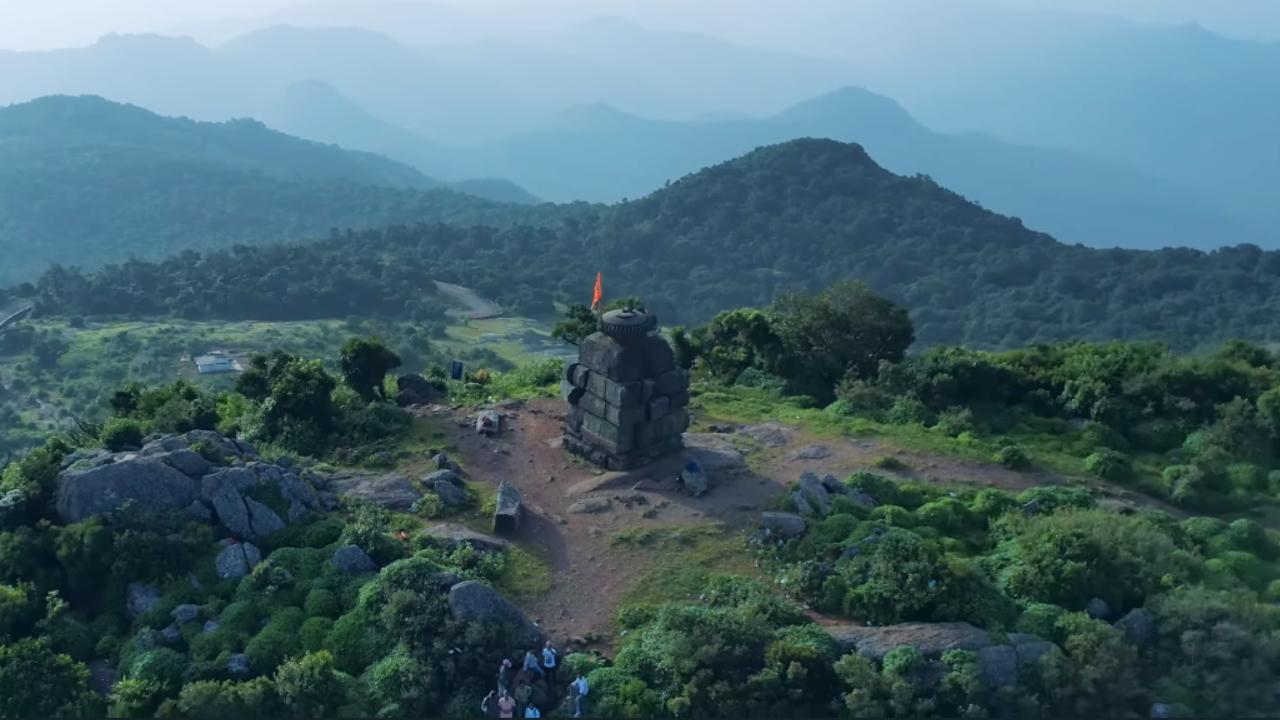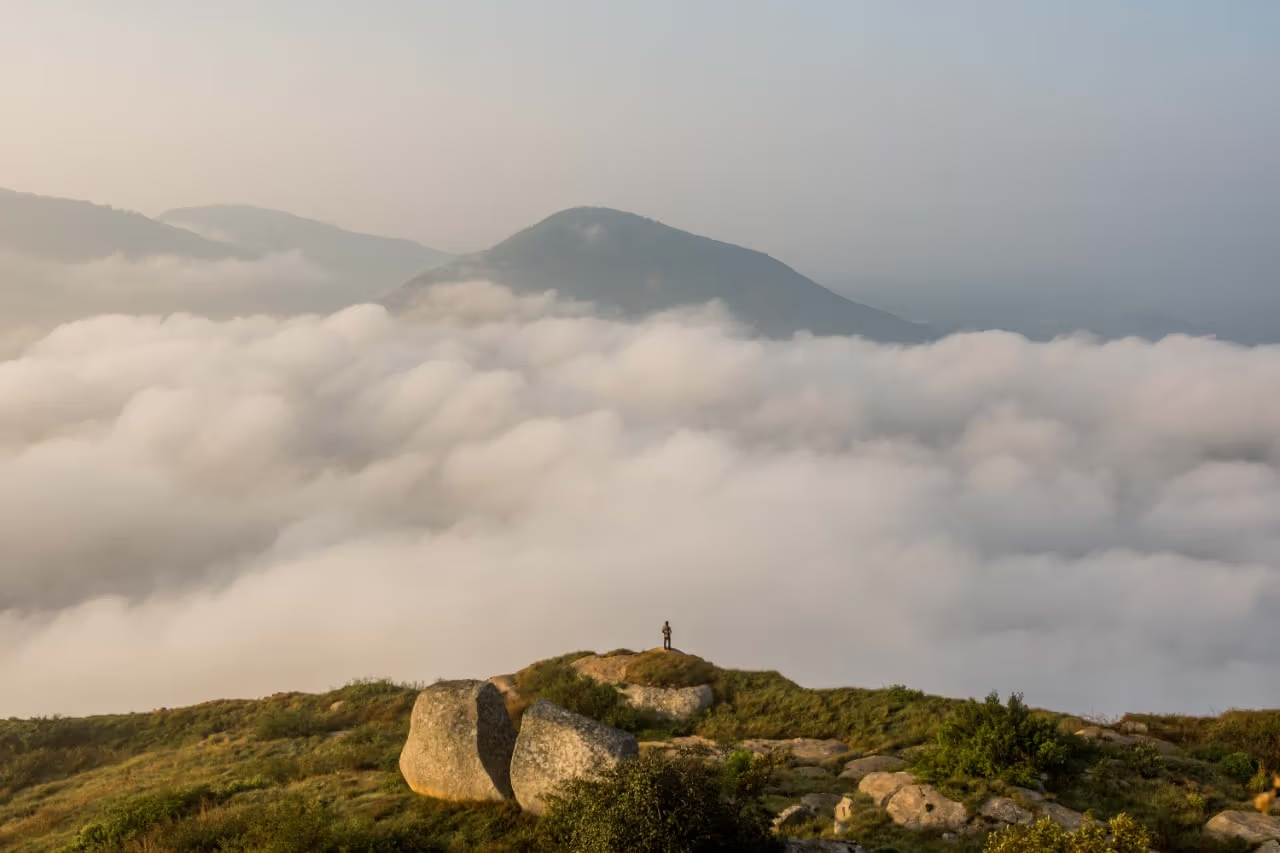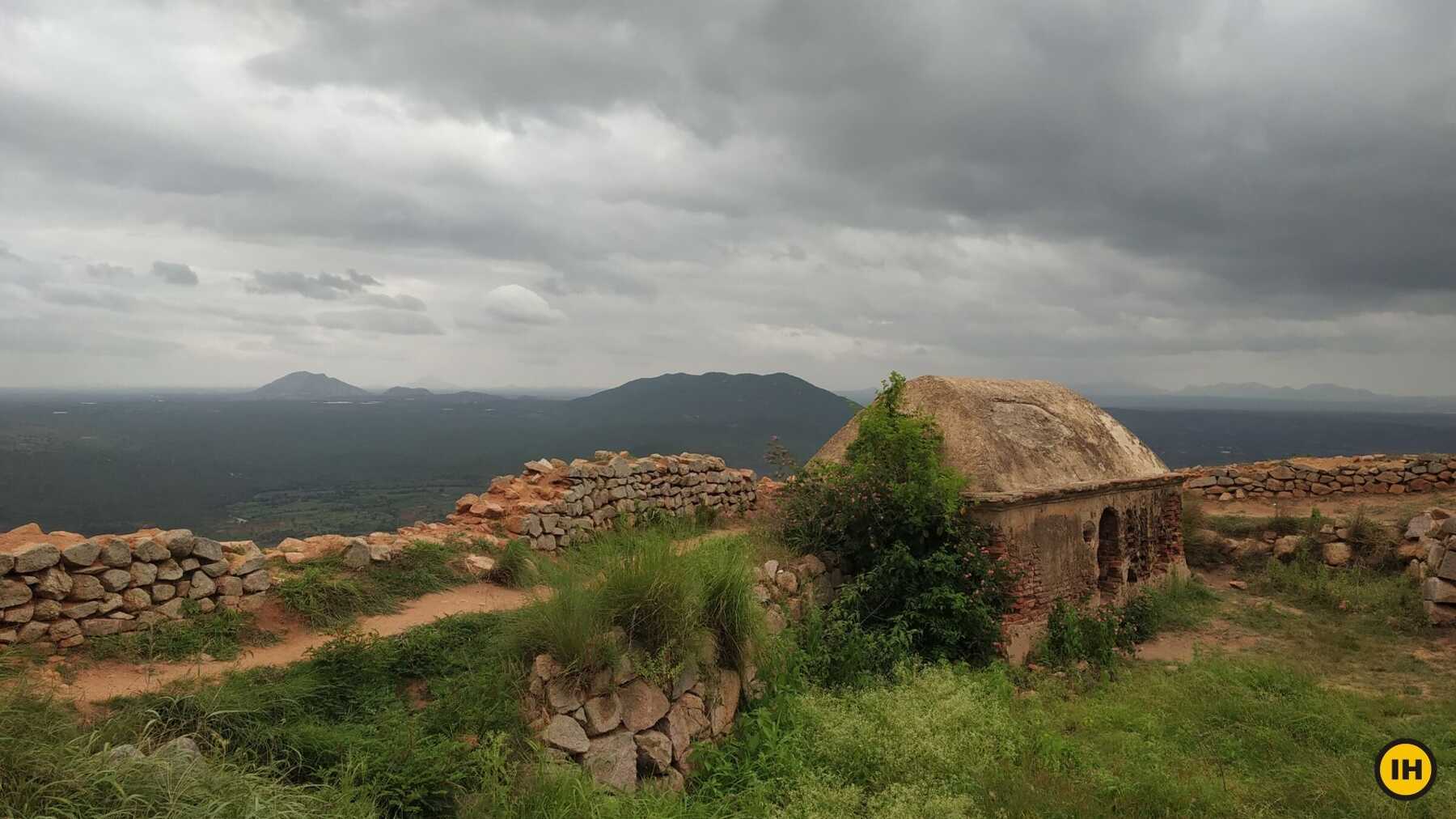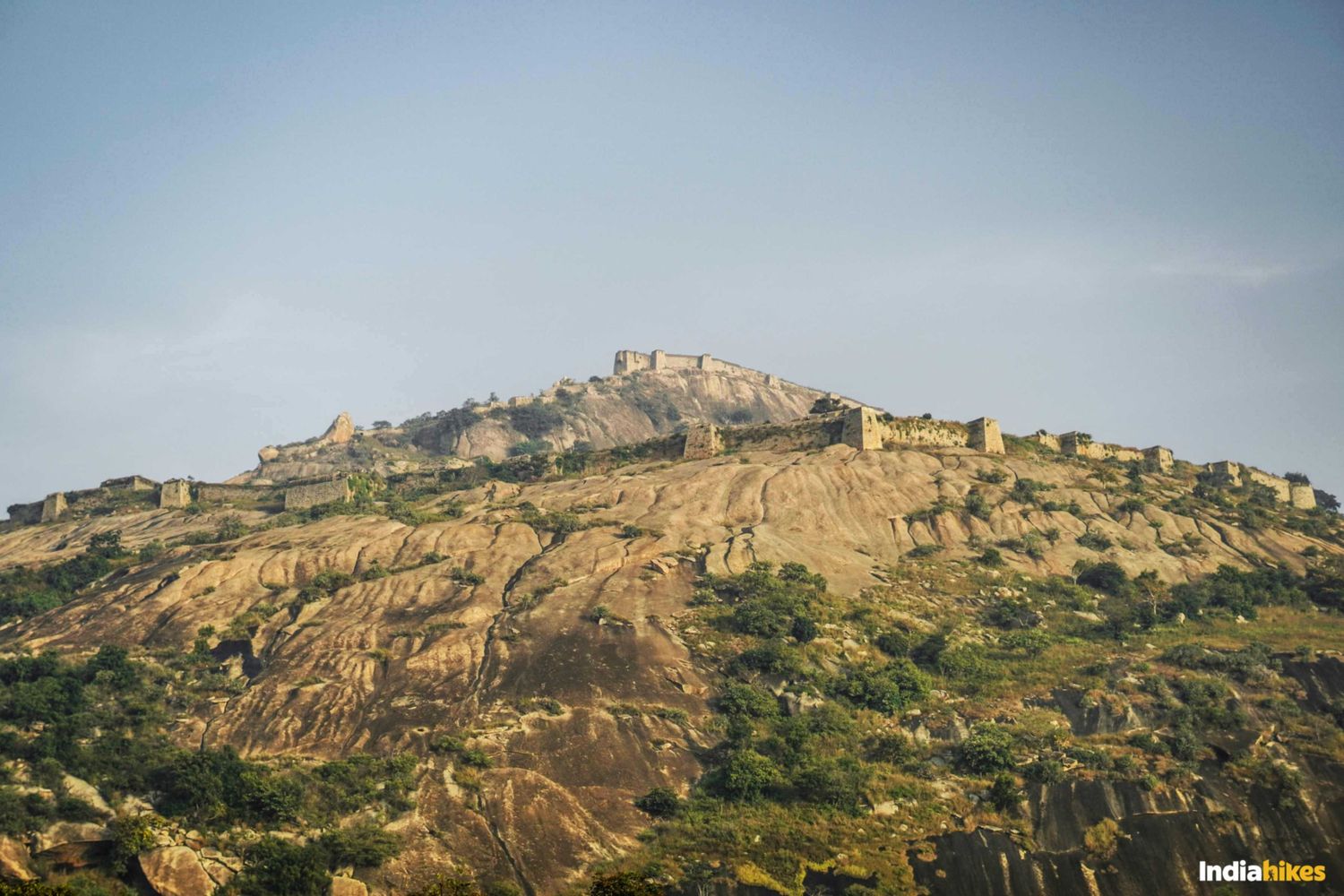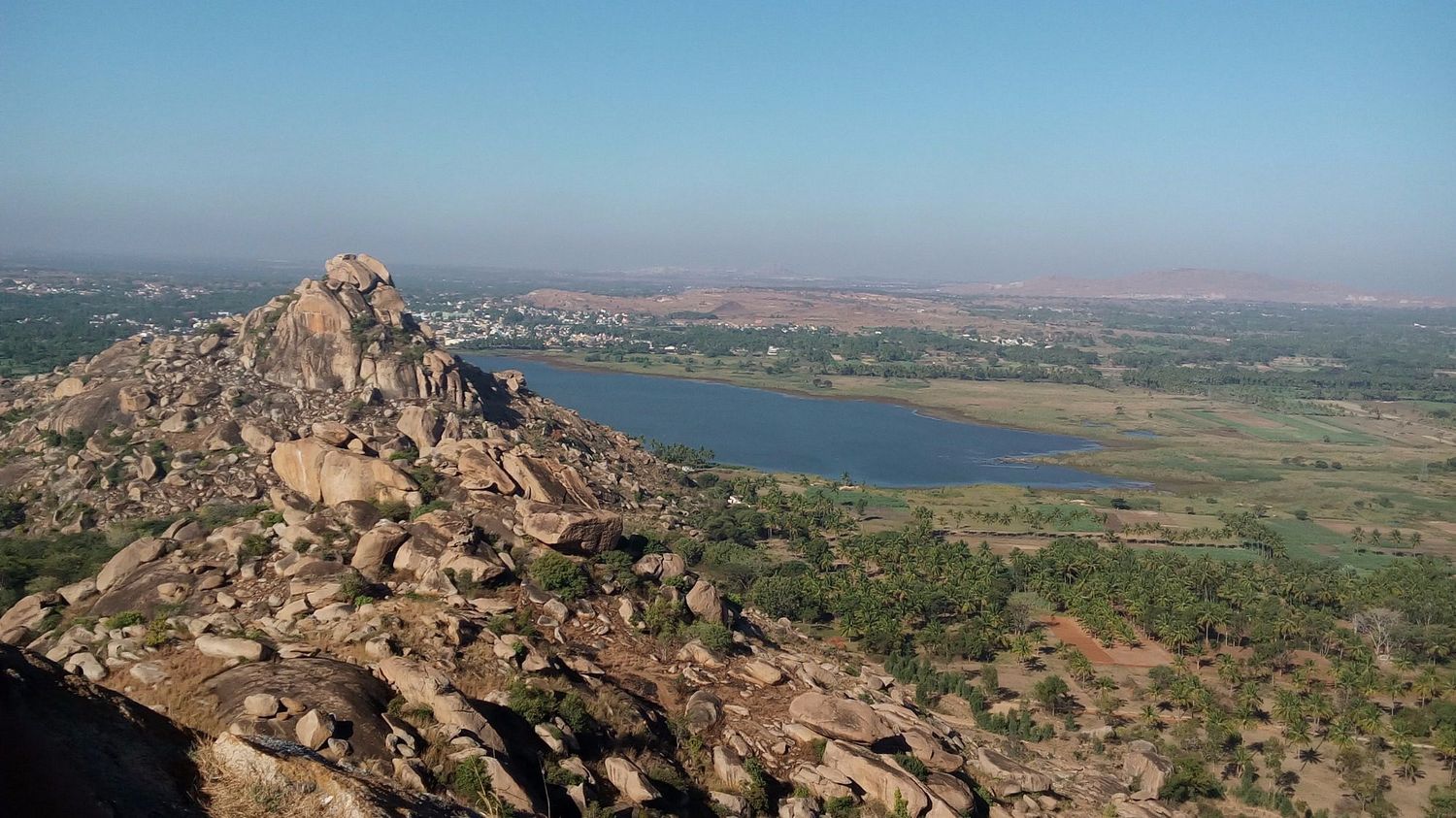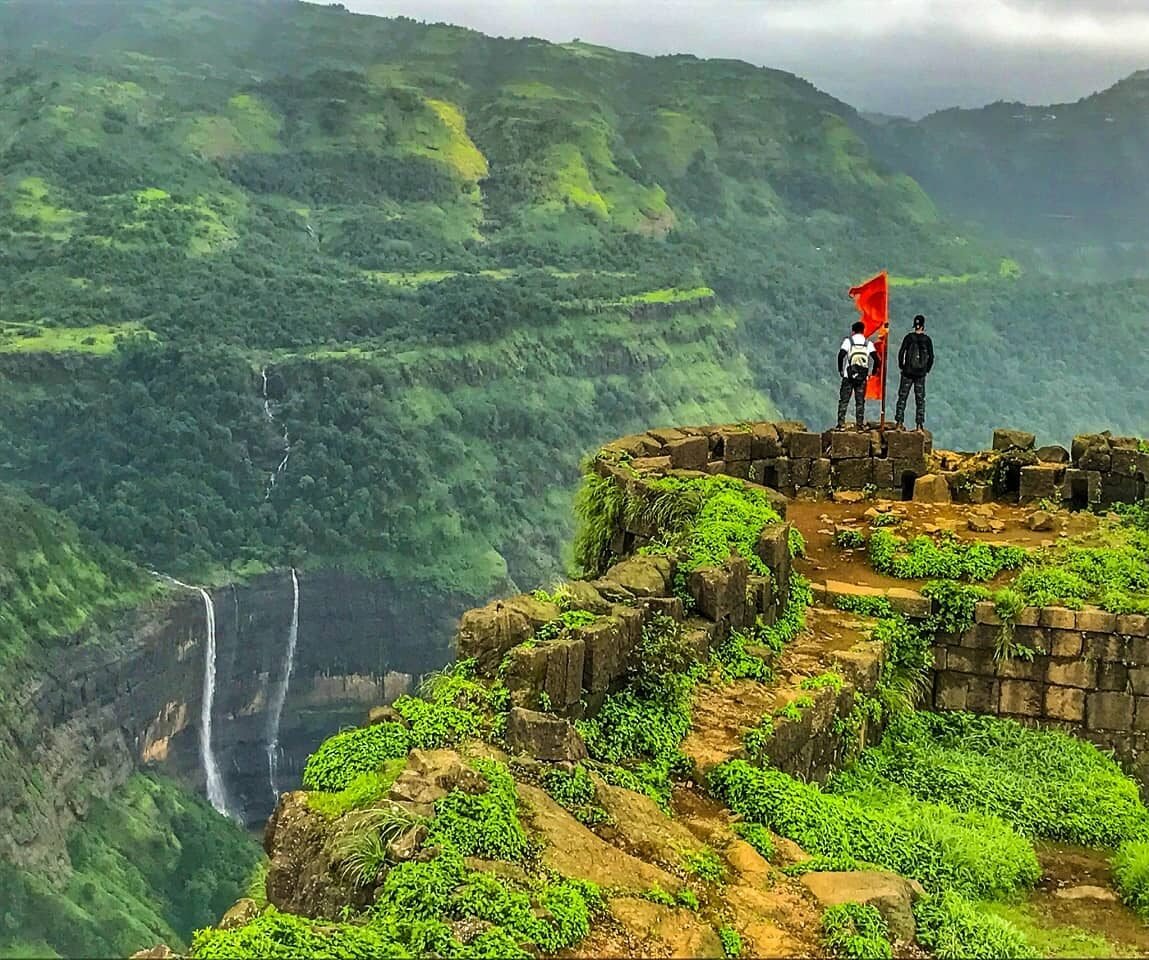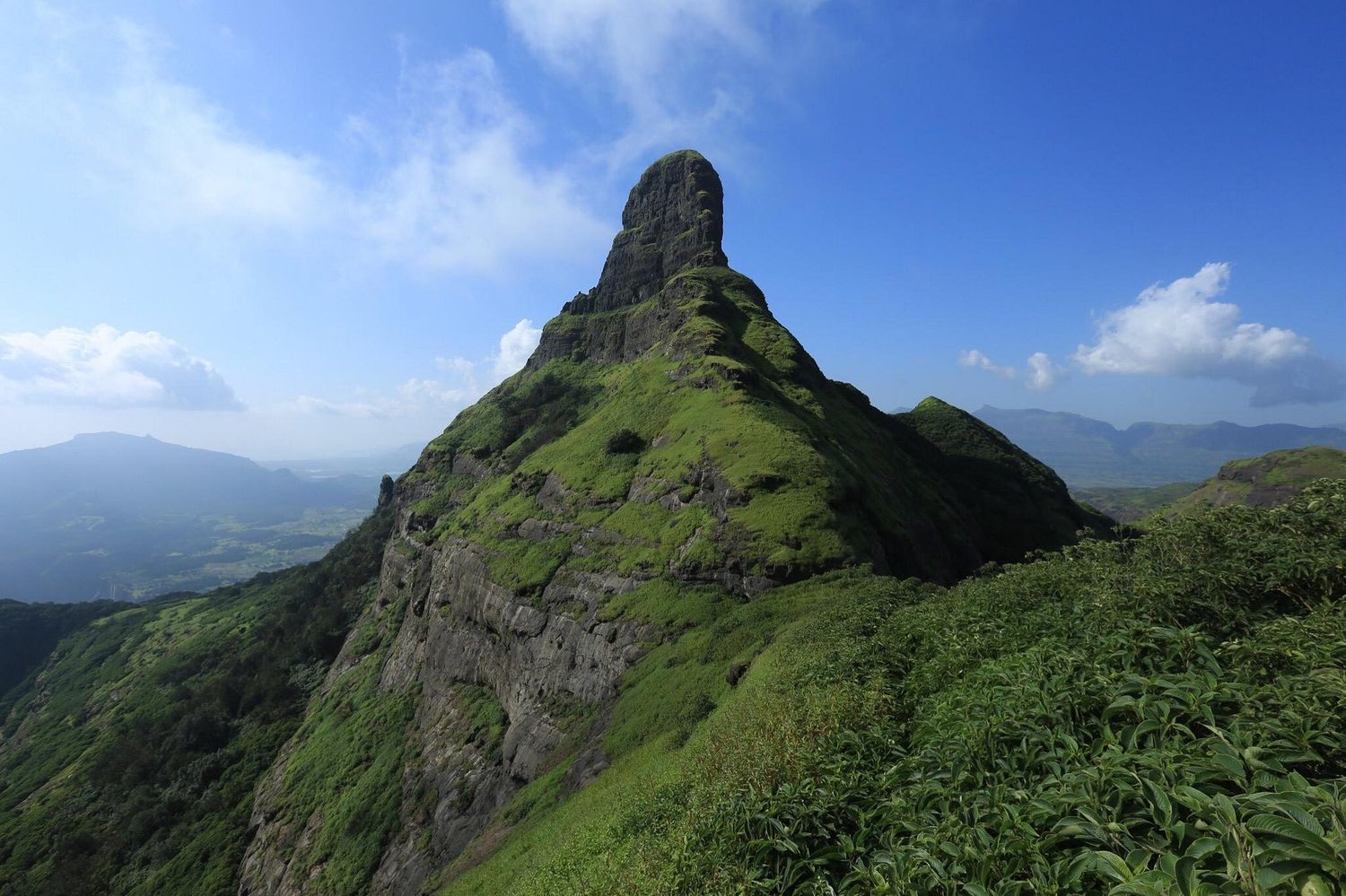Deomali Trek: Conquer the Highest Peak of Odisha
The Deomali Trek in Odisha is a must-do adventure for those who love untouched landscapes and offbeat trekking experiences. Standing tall at 5,486 ft, Deomali is the highest peak of Odisha and a part of the Eastern Ghats. Known for its rolling meadows, mist-covered valleys, and breathtaking sunrise and sunset views, this trek is perfect for both adventure seekers and nature lovers. The trail is relatively less commercialized, making it a hidden gem for trekkers who want to enjoy solitude and unspoiled beauty. Deomali is also popular among campers and stargazers, as its summit offers clear skies and panoramic views of surrounding hills.
Why Deomali Trek is Special
Deomali stands out as a trekking destination because it is not just about reaching the summit—it is about experiencing the raw beauty of Odisha’s Eastern Ghats. The grasslands resemble Himalayan meadows, while the valley views are dotted with tribal villages and farmlands. The sunrise paints the sky in golden hues, while nights at the peak turn into stargazing adventures under a clear sky.
Adventure and Serenity Combined
The trek is filled with gentle ascents, rocky stretches, and open ridges, making it both adventurous and serene. The silence of the valley, broken only by the wind, makes this trek meditative and calming while still delivering the thrill of an elevated climb.
Best Time to Visit Deomali
October to March is the best time when the weather is cool and the skies are clear. Monsoons make the valley lush green and enchanting but increase the risk of slippery trails.













